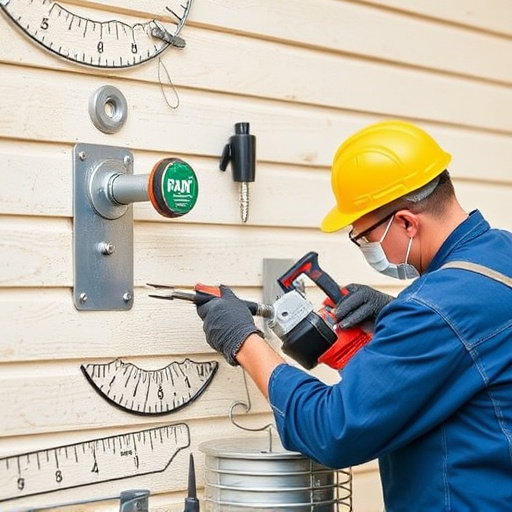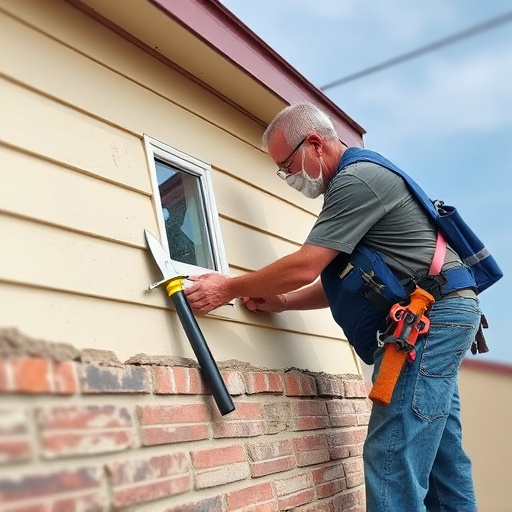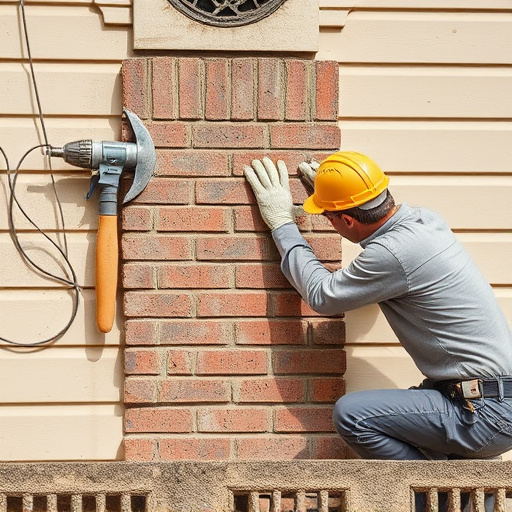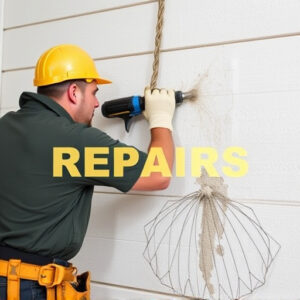Regular home repair and maintenance (home repair and maintenance) serve as preventive care, ensuring property longevity and value by early issue resolution. It maintains aesthetic appeal, prevents costly breakdowns, and conserves structural integrity, safety, and market value through routine inspections and minor fixes, ultimately enhancing the home's resale value.
Regular home maintenance is an investment that pays dividends. By implementing preventive care, homeowners protect their property’s longevity and minimize costly repairs. Incremental upkeep ensures your house remains market-ready, maximizing resale value. This strategic approach positions your home as a competitive tender in the real estate market. Discover how regular home repair and maintenance can transform your living space and secure your financial future.
- Preventive Care: Protecting Your Investment's Longevity
- Incremental Upkeep: Maximizing Resale Value
- Home Tender: The Role of Maintenance in Market Competitiveness
Preventive Care: Protecting Your Investment's Longevity

Regular home maintenance is akin to preventive care for your property—a proactive approach that safeguards its longevity and value. By addressing potential issues early, homeowners can avoid costly repairs down the line. A well-maintained home not only retains its aesthetic appeal but also ensures essential systems like roofing, plumbing, and heating/cooling operate efficiently, preventing sudden breakdowns or leaks that could lead to significant damage.
Investing in routine inspections and minor fixes prevents the need for extensive renovations later. It’s a strategic way to protect your financial asset—a sound home—from the wear and tear of time. Home repair and maintenance is not just about keeping the place looking nice; it’s about preserving its structural integrity, ensuring safety, and maintaining or increasing its market value.
Incremental Upkeep: Maximizing Resale Value

Regular home maintenance, often referred to as incremental upkeep, is a powerful strategy for homeowners looking to maximize their property’s resale value. By addressing small issues and conducting routine checks, owners can prevent major, costly repairs down the line. This proactive approach ensures that the home remains in excellent condition, attracting potential buyers who value a well-cared-for property.
From fixing leaky faucets and broken switches to regularly servicing heating and cooling systems, these seemingly minor tasks contribute to a significant overall improvement. Such efforts not only enhance the physical aesthetics of the home but also signal to prospective purchasers that the property has been diligently maintained, fostering confidence in its longevity and value.
Home Tender: The Role of Maintenance in Market Competitiveness

Regular home maintenance plays a pivotal role in keeping your property competitive in the market, often referred to as the “home tender.” Just as consistent care extends the lifespan of various home systems and features, it significantly impacts the overall value and appeal of your property. A well-maintained home stands out to potential buyers, who perceive such properties as safer investments due to reduced repair needs post-purchase.
In a competitive real estate landscape where first impressions matter, a beautifully maintained exterior and pristine interior create an instant positive impression. Moreover, regular home repair and maintenance practices can prevent minor issues from escalating into major problems, which could lead to costly repairs or even reduce the property’s value. As such, investing in proactive maintenance is not just about aesthetics; it’s a strategic move to ensure your home remains desirable and valuable over time.
Regular home maintenance is not just about keeping a property in good condition; it’s an investment strategy. By implementing preventive care, performing incremental upkeep, and understanding the market’s competitive landscape, homeowners can maximize their investment’s value. Consistent home repair and maintenance ensure longevity, making properties more desirable and resilient in today’s real estate market. Embracing these practices is a surefire way to protect and enhance your property’s value over time.
